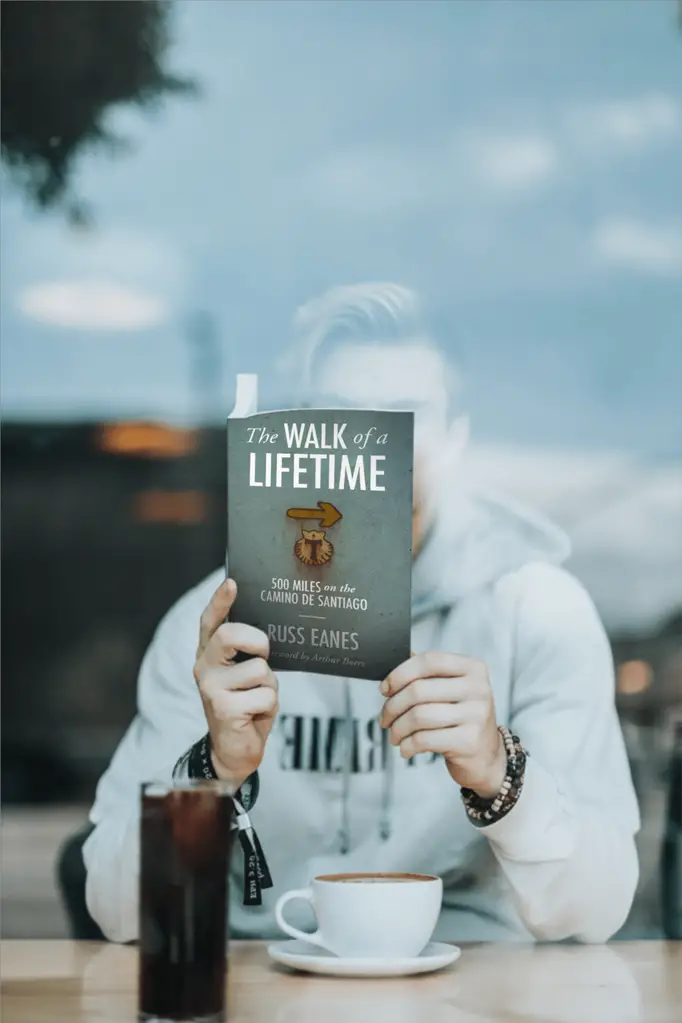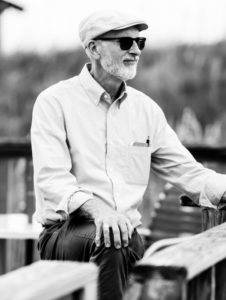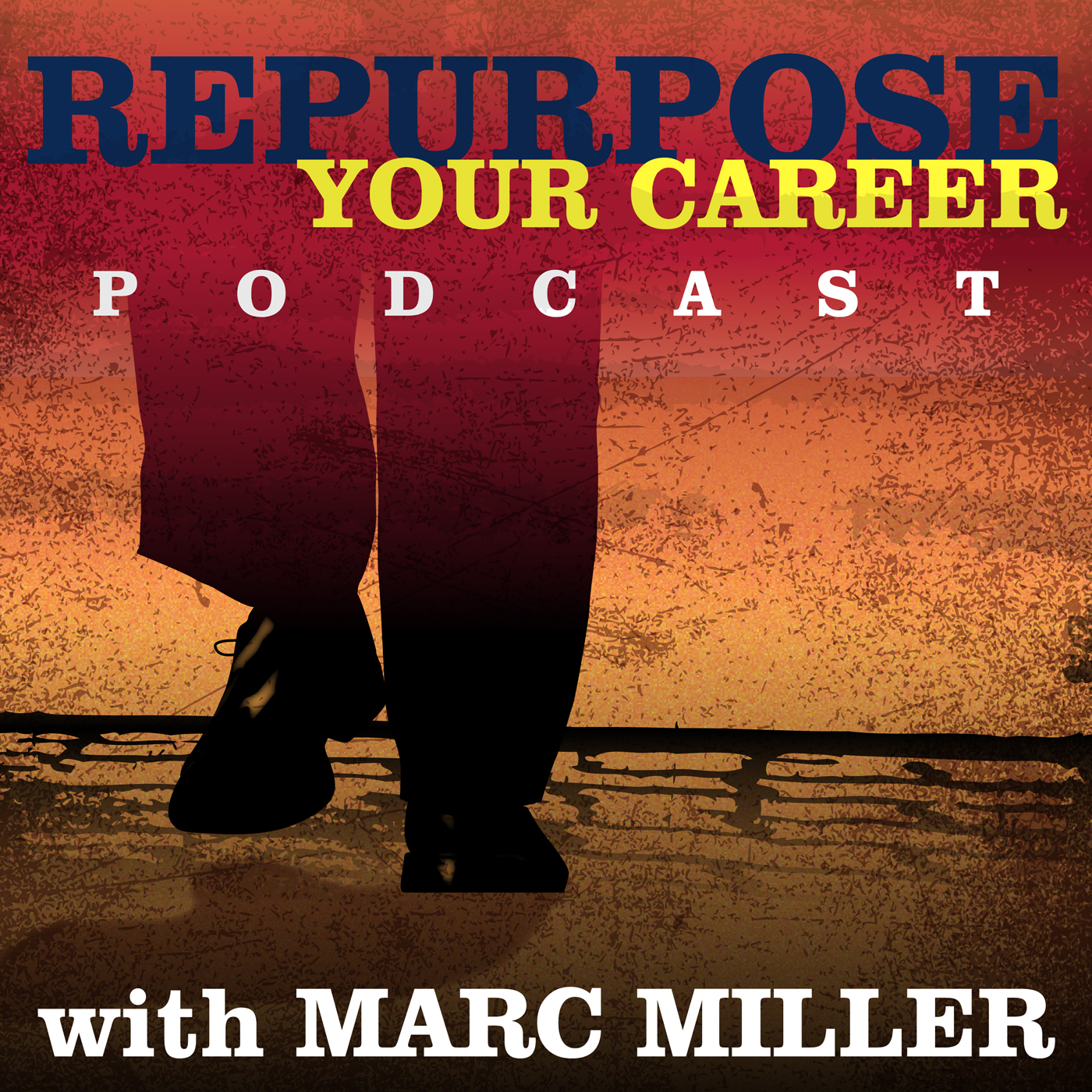How Crowdsourcing Helped Me Become a Published Author
 I never thought I would write a book, even though I have published books for well over a hundred authors in recent decades.
I never thought I would write a book, even though I have published books for well over a hundred authors in recent decades.
This article originally appeared on RussEanes.com.
I have always loved writing and decided when I left my job as Publisher and Executive Director of MennoMedia in early 2018 that I would semi-vocationally write articles and shorter pieces on topics that interested me. I was not interested in authoring books, which would require pinning myself down to a single idea or topic for much too long of a time. I had known authors who had wrestled with a book for years and wasn’t sure I would want to do that.
When I left my work, I had decided to take a year off and, to fulfill a dream I’d had for decades, went to Spain for six weeks to walk 500 miles on the ancient pilgrimage route, the Camino de Santiago, from the Pyrenees mountains in France to Santiago de Compostela in northwest Spain. I was going to walk it for the experience alone, and it was indeed one of the most amazing of my life. Writing a book about it was not part of the plan.
When I was in Spain I had written letters, emails and messages home to my family and friends. I wrote about my experiences and posted photos on Facebook, and heard from many that they were closely following me and loved hearing what I wrote. It was gratifying, but I thought that was all I was going to do.
So I was surprised when, after returning home from six weeks in Spain and walking the Camino de Santiago, the idea of a book came to me.
The idea to write a book dawned on me during a bike ride, a few weeks after my return. I was developing a plan to start my own self-publishing service and the thought came that I should begin by self-publishing my own book. It was that simple. I was also pretty enthusiastic about my experience and recalled how my own desire to walk Camino de Santiago itself had been fueled by a book. I wanted to provide similar inspiration myself, which I would later call the “why” of my book.
My first step was gathering up everything I’d written home, emails, letters and WhatsApp messages, alongside my pocket journal. Included were many anecdotes that I had recorded and had shared with others. In the process of collating them—and simultaneously reflecting inwardly on my experiences—I developed an outline of about ten chapters on topics that jumped out at me. I began imagining something that was about 20,000 words in length—that’s a book of less than 100 pages—that I could simply write and get out in a few months. I had also taken over 2,000 photos and I wanted to share them in a book, as well.
My second step, simultaneously, was to read books about the Camino. I had a total of six to compare, and I noted that they were of three general types:
- simple chronological, personal narratives;
- chronological narratives sprinkled with themes, supported by anecdotes;
- general themes, sprinkled with anecdotes and experiences, but not necessarily chronological
(There is even another book that doesn’t fit any of the above, a book so scattered in its structure that I have never been able to get into it.)
My third step was to think about who my audience(s) were. What were the ages and demographics? Was there more than one audience?
Then before I could get much further, I set the whole project aside.
When I came back to it five months later, I was unsure how to proceed. To regain my momentum, I decided to take a “crowdsourcing” approach to my writing.
Deciding that I needed to zero-in on a structure, style and audience, I began to use informal networks of friends, former colleagues and other contacts to help me figure out my final product. Some of this contact was direct and personal, either face-to-face, or by email or phone, but a good part of it was also done via social media (which, besides Facebook, included some online forums about the Camino de Santiago).
As I wrote and developed the manuscript, I sought out groups of readers via these personal networks, Overall, I had over fifteen readers who read my writing at its various stages, starting with the first drafts of the earliest chapters; these readers represented my broader audiences.
Crowdsourcing helped me hone my structure (which in the end is a rough chronology, focusing on themes) my content (a narrative, sprinkled with dozens of stories and anecdotes) and my audiences, (of which are two: people over 55 who are seeking again adventure in life, and people of any age who want to, or who already have, walked the Camino.)
It was my readers who helped me to decide to create a rough narrative that takes the reader along all 500 miles of my walk—a journey is a story and a story is a journey. Readers told me they especially related to the narrative style. Looking back through my notes and journals, I selected anecdotes to go with certain themes, then placed these in narrative fashion along the Camino road, when and where the accompanying stories happened.
The readers told me what was working in the narrative, where detail was lacking (or where I had placed too much) and which kinds of stories they appreciated. Some who had walked the Camino told me the kinds of things that I needed to include. This all helped me achieve a good balance and blend of personal experience, community, culture, and history.
My first chapters are filled with daily details–which readers told me they wanted–while later ones dealt more with inner themes and lessons learned. My readers helped me know which themes were most important helped me to know where to fit them into the journey.
The final product was much like an assembled puzzle, with each part carefully positioned, and which, at 50,000 words ended up being more than two and a half times longer than my original concept.
For the final draft, I also worked with two editors, and I combined their grammatical and prosaic expertise with the feedback of readers. My last group of readers got a chance to read the entire manuscript and were most helpful in telling me whether or not the book hung together as a whole.
When it came to the final title and cover designs, I also tested these with the “crowd.” For my title, I chose keywords that I found best expressed the content and created the most interest with my audience. As a publisher, I also knew that they would be helpful for Google searches; equally importantly, however, my “crowd” indicated that they gravitated immediately to the title and this helped confirm my choice.
For the cover, over 50 people gave input on a set of about six mockups which I displayed on Facebook, voting for their favorites. I was especially thankful for the input of a few who were designers; this, ironically, led to me in a different cover concept entirely, minimizing the image in favor of a textual emphasis. I used two design professionals to help me with the final cover.
While many believe that self-published books are not as high quality as those done by a publishing company, I felt in the end that crowdsourcing helped compensate for my lack of an external editor and publisher (who typically help develop an author’s work). The result is a book that I am pleased to hear inspires and holds readers, which I think stands out among similarly self-published works, and which, more than anything else, was fun to write.
Two last thoughts about crowdsourcing:
First, this concept can be applied across a wide spectrum of creative processes, not just writing. It employs, in fact, a number of similar concepts to another process I learned over 25 years ago, something called “Strategic Design,” which itself utilizes gathering stakeholders and markets in a feedback loop to help designers.
Secondly, always be sure that you don’t unfairly “use” your crowd. Social Media works best when those involved don’t feel they are being manipulated. Always be sure that people know what you are asking them, and what they are getting in return. Don’t leave room for misunderstanding. It will build trust and further community, which are vital for any artist or writer’s future.
 This post was written by Russ Eanes. Russ is a writer, walker, and cyclist from Harrisonburg, Virginia, where he lives with his wife, three of his six adult children and his five grandchildren. He also enjoys traveling, gardening, reading and photography.
This post was written by Russ Eanes. Russ is a writer, walker, and cyclist from Harrisonburg, Virginia, where he lives with his wife, three of his six adult children and his five grandchildren. He also enjoys traveling, gardening, reading and photography.
In 2018 he “downshifted” to experience a less hectic pace of life and is now putting to use several decades’ experience in the publishing business to work as a freelance writer, editor, publishing coach, and consultant. His book, The Walk of a Lifetime: 500 Miles on the Camino de Santiago, is available at Amazon.com.
Like What Your Read? Get Career Pivot Insights
Do You Need Help With ...

Check out our Help Center where you have access to 14 different content portals.


